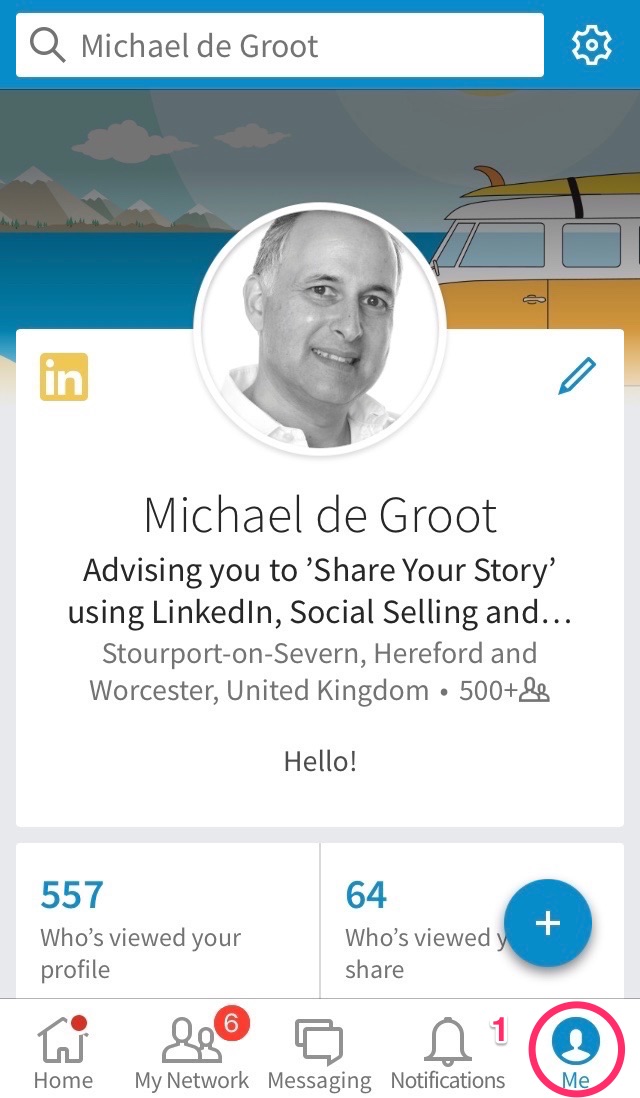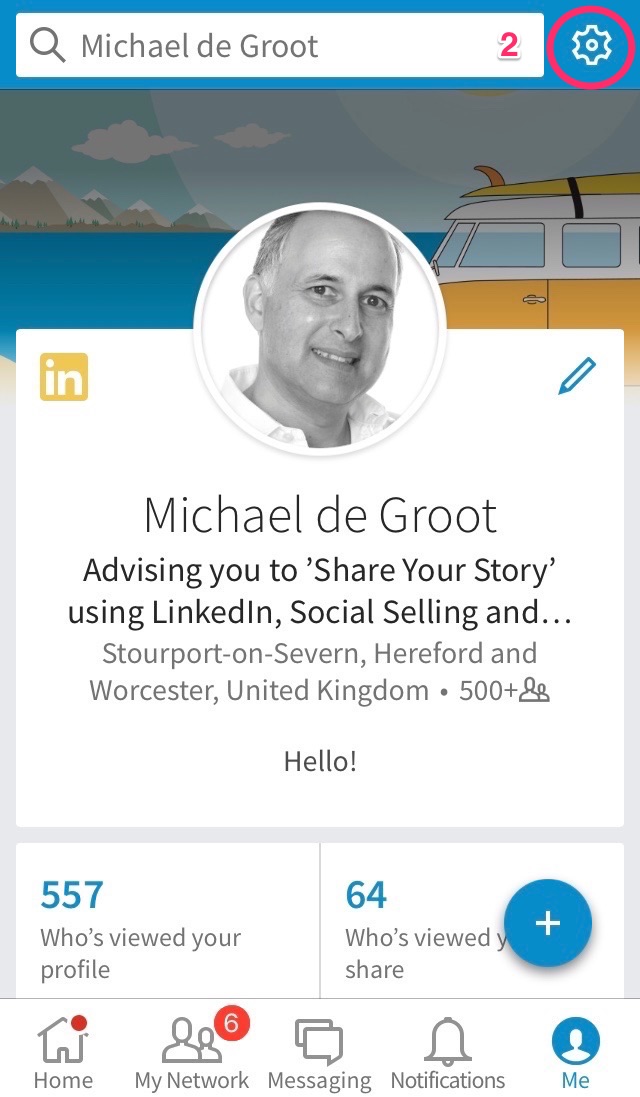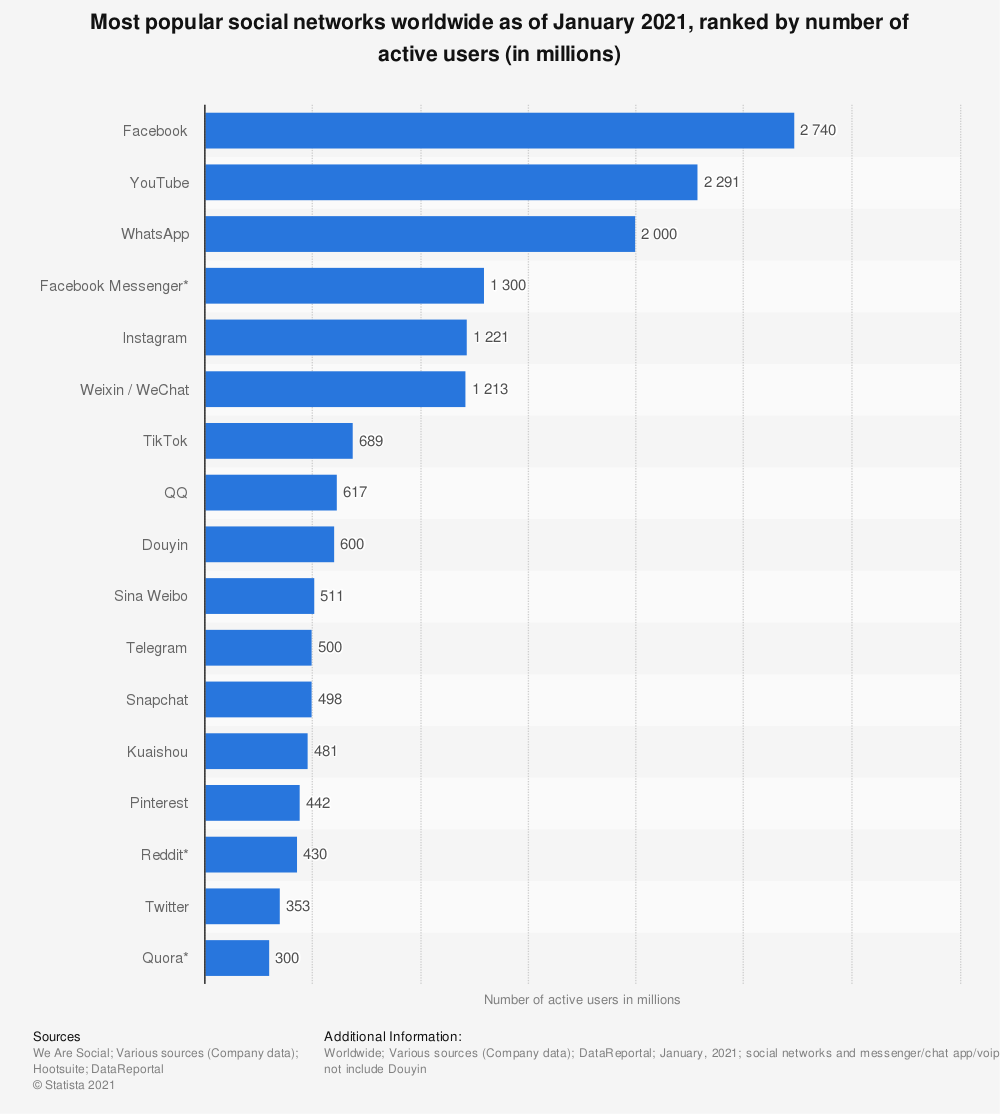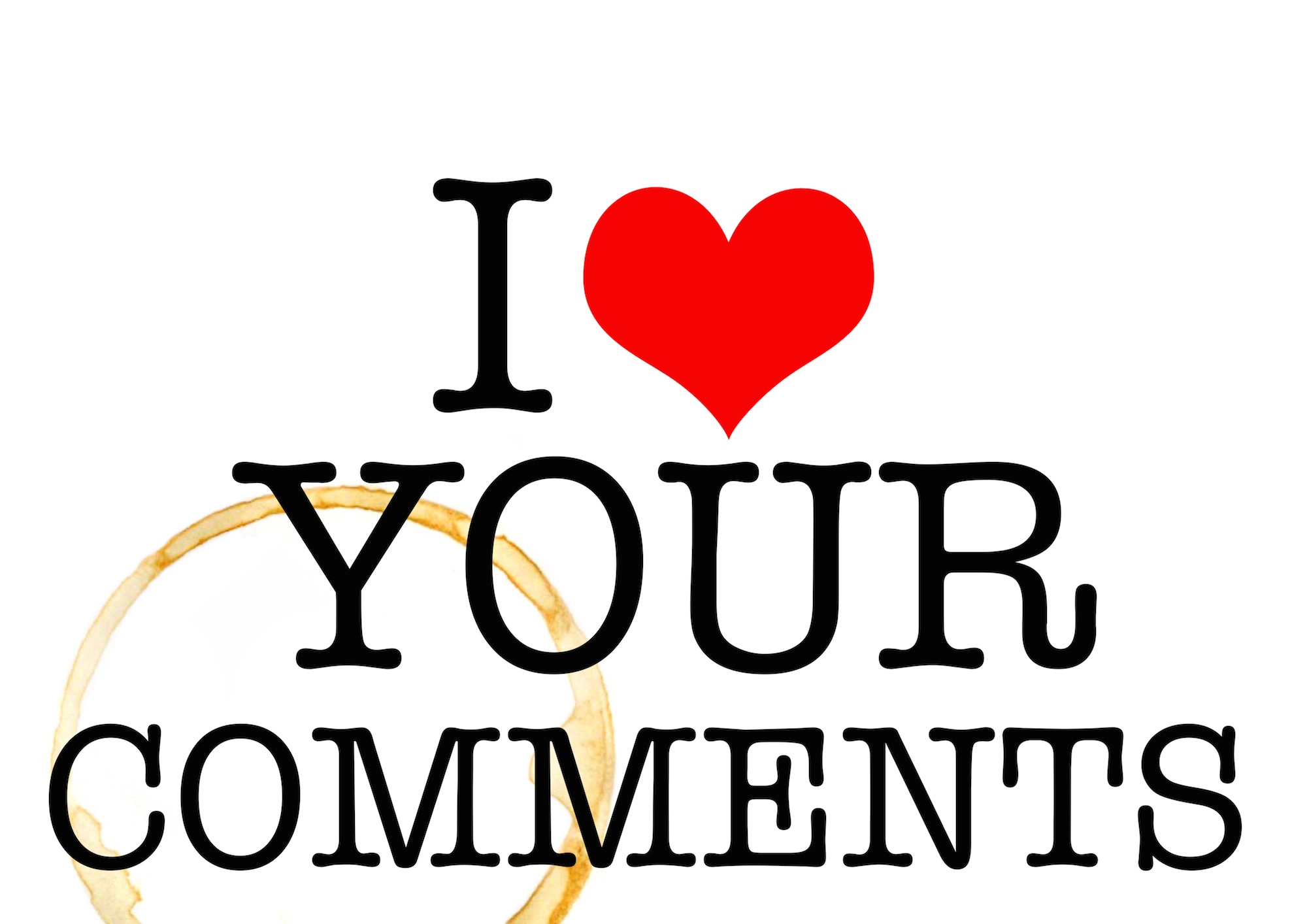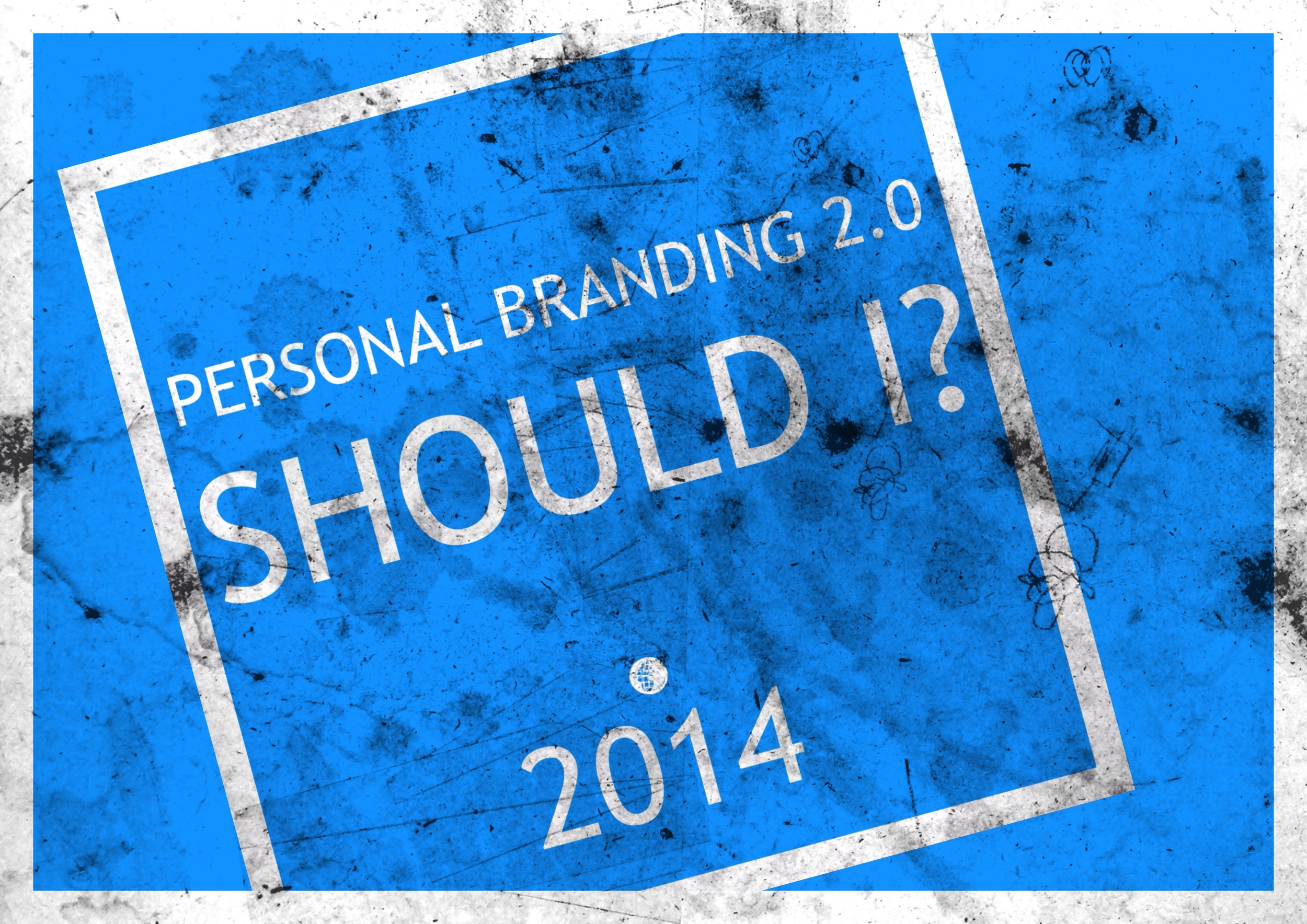Whenever I hear ’business’ folks talk about ROI - (Return on Investment) in connection with Social Media, I laugh. Not because I don't respect their point or their need to see proof and sales results, but because we don't demand ROI on our relationships with our friends do we?
When you have a loyal buyer, they do become a loyal friend, you share knowledge and insights with them in order build that loyalty and after all it’s easier to keep a buyer rather than having to continually find new ones.
Therefore I believe that our opinion and execution of Social Media has to improve.
Firstly we should rename it ‘Social Loyalty’.
‘Social’ has many meanings depending on whether you’re a Marxist or not. Wikipedia definition, https://en.wikipedia.org/wiki/Social.
For me, very simply, it’s when individuals or groups of individuals co-exist together for their joint benefit. When we co-exist together with our buyers we are being ‘Social’. That co-existence can take place in person or nowadays to a large extend online, cue ‘Social Media’.
‘Loyalty’ has even more meanings, go and have a look, https://en.wikipedia.org/wiki/Loyalty.
And generally speaking most of us understand it to be that our buyers will repeat buy from us or at least give us the opportunity to bid first for a piece of work or consider buying from our website before looking at the competition.
Usually loyal buyers will be prepared to wait for our products, e.g. Apple, or may even pay more for our products compared to cheaper alternatives, because their loyalty means more to them compared to price.
I call those folks ‘raving fans’. If you’re in business your objective should be to collect ‘raving fans’.
In addition those loyal ‘Raving Fans' will shout about your products and services. They will tell their friends, business associates and connections. You better be amazing, because when things are not going so well, they will shout about it too.
Once we develop ‘Social Loyalty’ with our buyers, we will develop a predictable sales model. All of us have stats available somewhere that will indicate to us whether the sale was from a loyal buyer or a brand new one.
It’s possible therefore to create a ‘Loyal Buyer’ vs ‘New Buyer’ ratio to indicate the amount of sales we’re getting from those ‘Raving Fans’. I’m sure someone somewhere is already doing this and if you’re not, why not?
When we have this data only then we can understand ‘Social Media’ much better. Then there won’t be any need for ROI, just ‘ROL’ = ‘Return on Loyalty’.
Therefore when you witness your staff being active on ‘Social Media’ developing ‘Raving Fans’ you will realise that they are building loyalty amongst the ’Social’ community, which in turn will deliver repeat sales from the same buyers.
Now it’s your turn, share with us what you or your organisation is doing to create ‘Raving Fans’.
@stayingaliveuk - ‘Share Your Story’
Quick message from Staying Alive UK’s chief storyteller...


